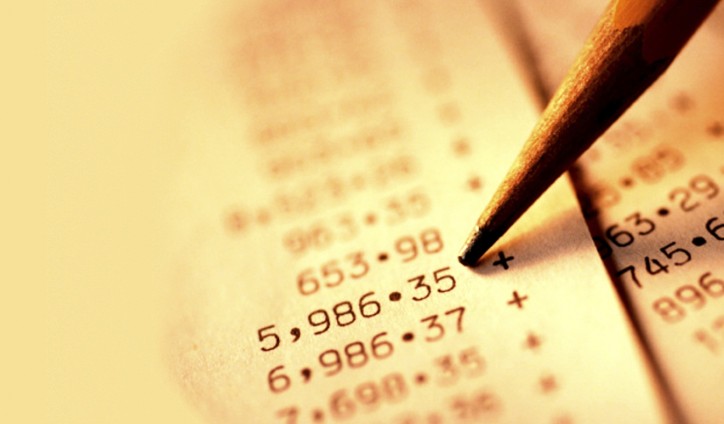Investors were temporarily taken aback last week by the prospect of an earlier-than-expected rate hike. While it’s not yet clear yet whether the market interpreted the Fed correctly, Russ explains that the possibility of higher rates has three implications for investors.
While the Federal Reserve (Fed)’s announcement last week of further tapering was widely expected, investors were temporarily taken aback – at least for a day – by the prospect of an earlier-than-expected rate hike.
New Fed Chair Janet Yellen’s comment that the Fed could hike short-term rates six-months following the end of quantitative easing (QE) came as a surprise. If the Fed follows through, and continues its current pace of tapering, this could mean rate hikes in the spring of 2015, earlier than the markets had previously forecasted.
The notion that interest rates might rise somewhat earlier than expected was also reinforced by more optimistic economic projections from Fed members.
While the path of future rates is still data dependent, and it’s not yet entirely clear whether the market interpreted the Fed correctly, the possibility of higher rates does have three implications for investors, as I write in my new weekly commentary.
A stronger dollar. Higher U.S. rates – particularly at a time when Japan continues to aggressively ease monetary policy and the European Central Bank may be forced to also ease given persistent deflationary pressure – suggest a stronger dollar (which rallied sharply last week).
More volatility in short to intermediate duration bonds. As I’ve been discussing for most of the year, short and intermediate duration Treasury bonds – those in the three- to seven-year vicinity – are most susceptible to an early rate hike. As such, investors may find that this part of the curve experiences the most volatility in coming months.
The possibility of renewed pressure on gold. For most of 2014 gold has rallied on the back of the unexpected drop in rates. In an environment in which the dollar is stronger and real, or inflation-adjusted, rates are rising, gold is likely to come under renewed pressure, a trend already evident last week when the precious metal pulled back from a six-month high.
As such, I continue to advocate caution toward gold as well as to the short to middle part of the Treasury curve. You can read more about my investment views in my Investment Directions monthly market outlook.
Source: Bloomberg, BlackRock research
Russ Koesterich, CFA, is the Chief Investment Strategist for BlackRock and iShares Chief Global Investment Strategist. He is a regular contributor to The Blog and you can find more of his posts here.
iS-12039
Copyright © Blackrock












